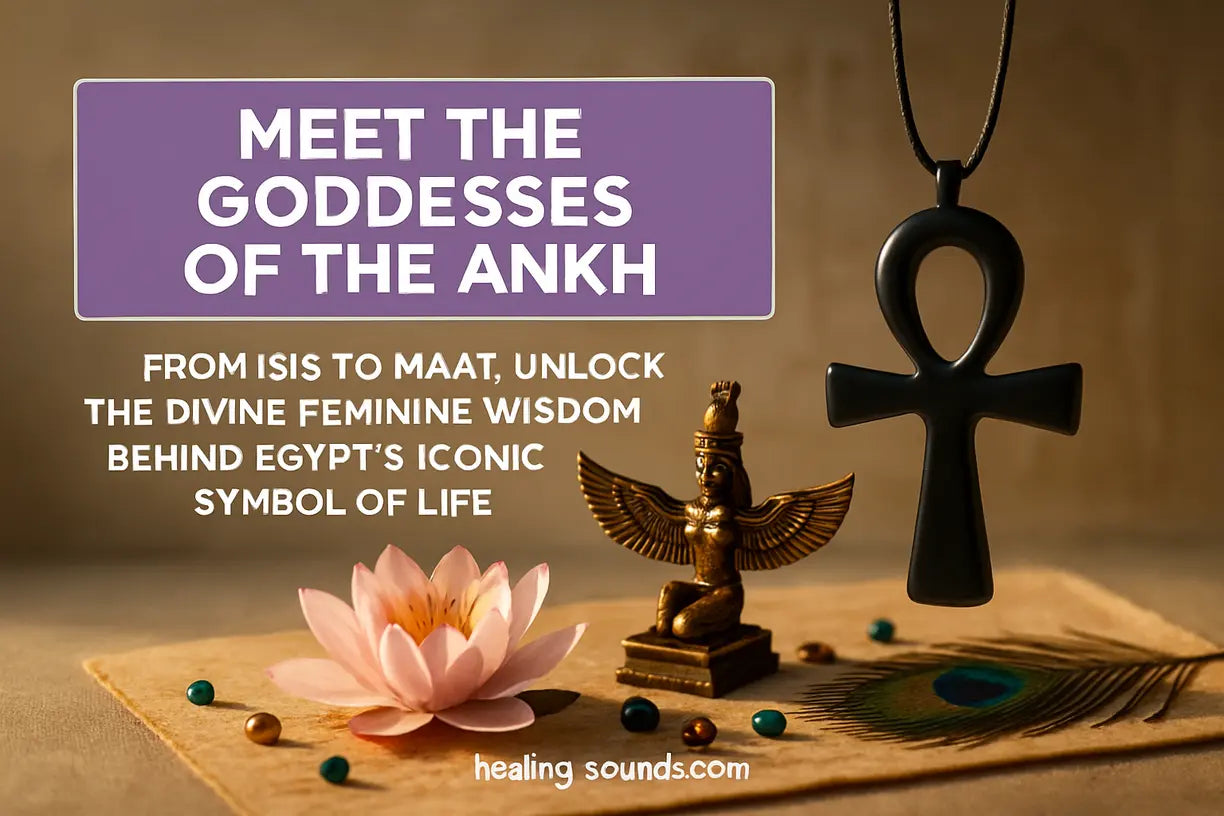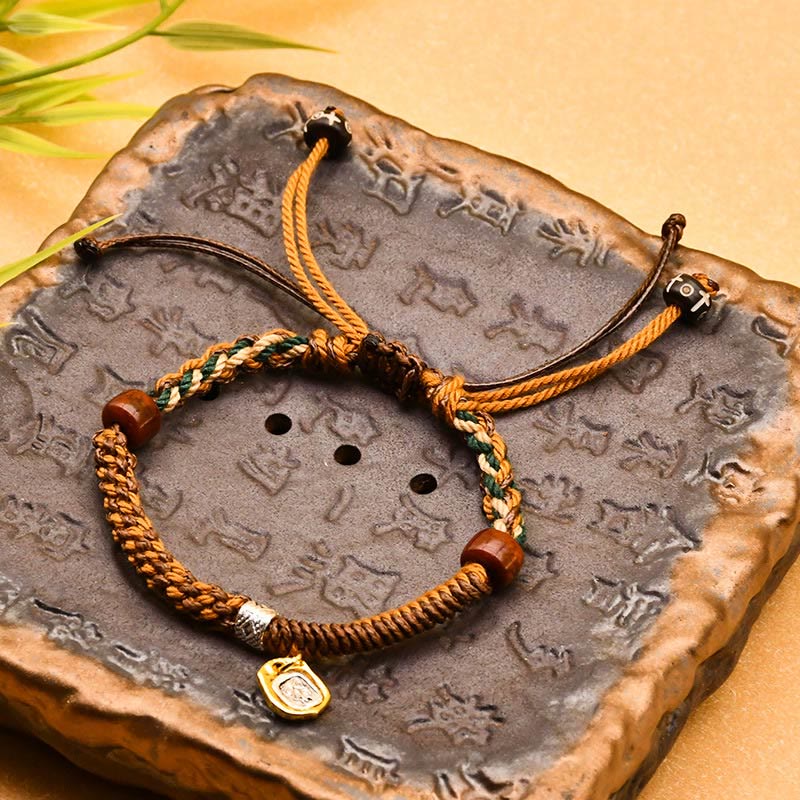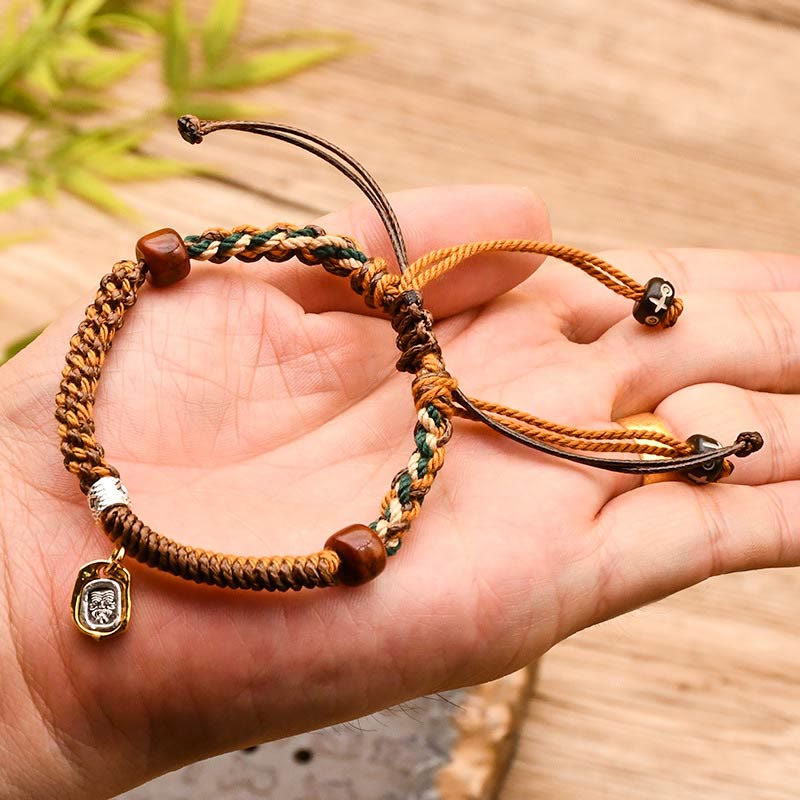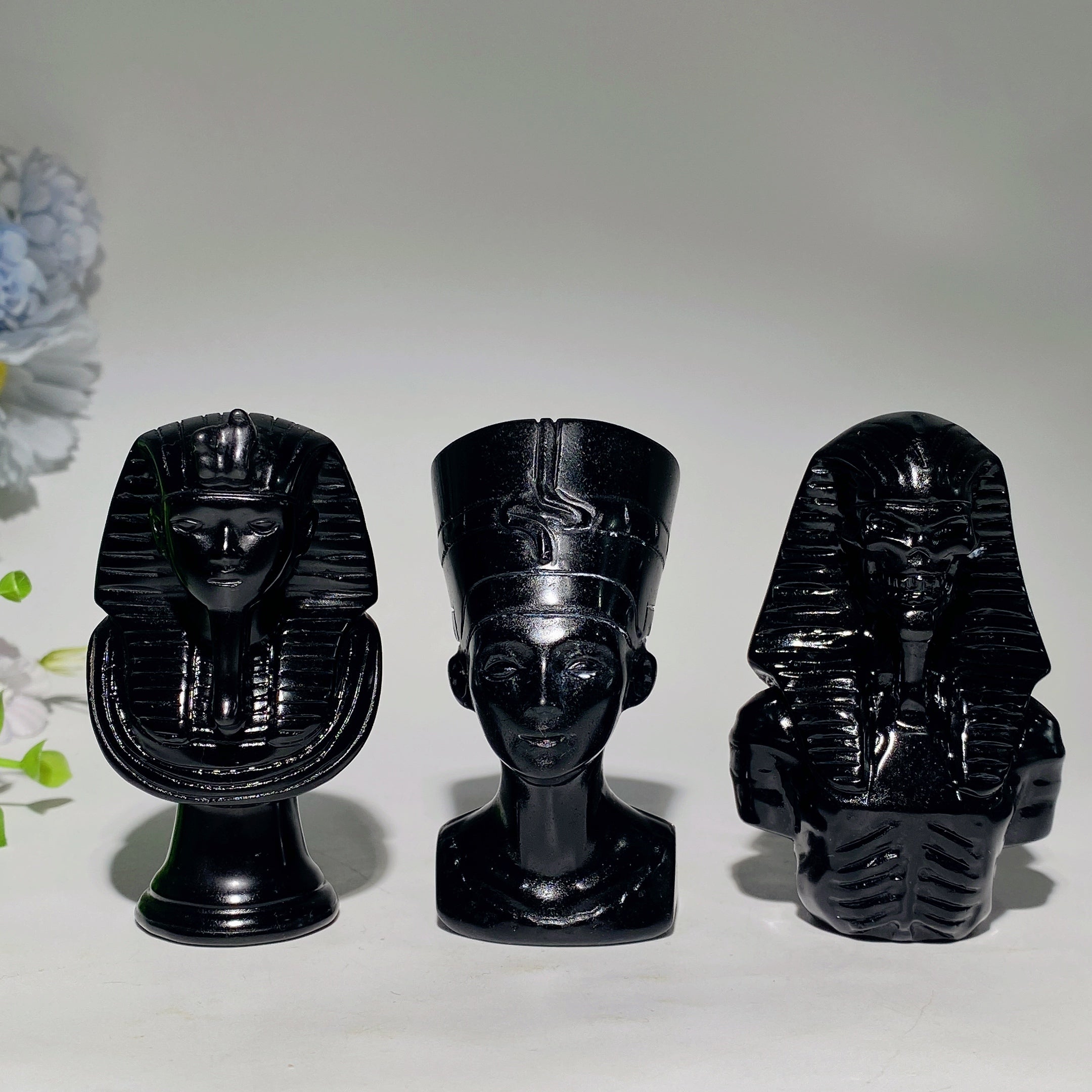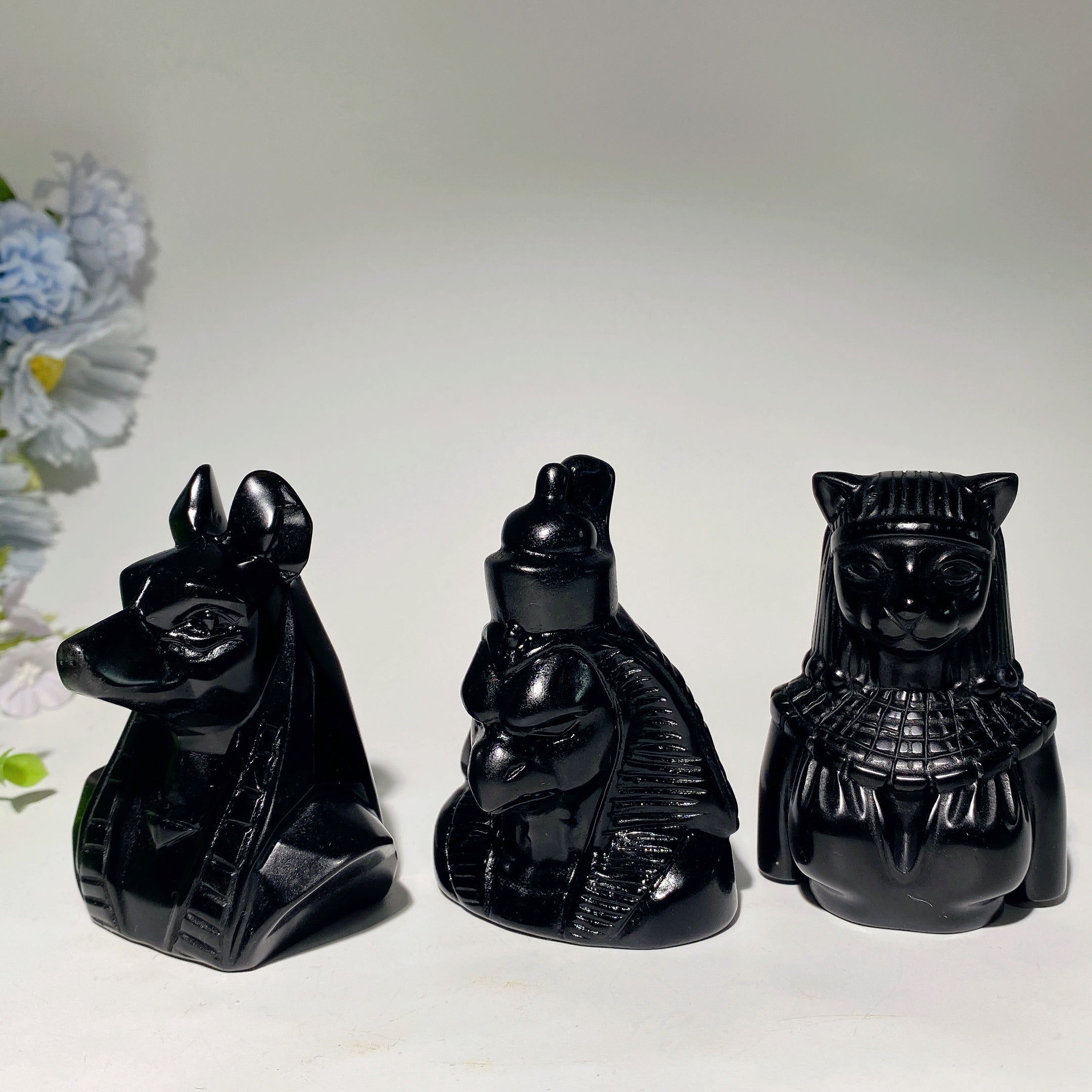Was ist das Ankh und warum ist es mit Gottheiten verbunden?
Das Ankh ist ein altägyptisches Hieroglyphensymbol, das das Konzept des ewigen Lebens darstellt. Sein genauer Ursprung ist umstritten, aber seine Bedeutung ist klar: Es kombiniert das männliche Symbol des Osiris (das T-Kreuz) und das weibliche Symbol der Isis (das Oval), um die Vereinigung von Himmel und Erde, die Erschaffung des Lebens, zu symbolisieren. Gottheiten werden oft dargestellt, wie sie das Ankh an seiner Schlaufe halten oder in jeder Hand ein Ankh tragen. Dies symbolisiert ihre unsterbliche Natur und ihre Macht, Leben zu schenken oder die Seelen der Toten im Jenseits zu erhalten. Es war nicht nur ein Symbol der physischen Existenz, sondern auch der fortwährenden Reise der Seele und des Versprechens der Auferstehung. Erfahren Sie mehr über die reiche Geschichte des Ankh aus maßgeblichen historischen Quellen .
Isis: Die Quintessenz der Ankh-Göttin
Wenn man fragt: „Wer ist die Göttin des Ankh?“, ist der Name, der durch die Geschichte am lautesten hallt, Isis . Als zentrale Figur des ägyptischen Pantheons war Isis die Göttin der Mutterschaft, Magie, Heilung und Wiedergeburt. Ihre Verbindung zum Ankh ist grundlegend für ihre Mythologie. Es war Isis, die durch ihre mächtige Magie und unerschütterliche Hingabe die verstreuten Teile ihres ermordeten Mannes Osiris sammelte und ihm neues Leben einhauchte, wodurch sie ihren Sohn Horus zeugte. Damit verkörpert sie perfekt das Versprechen des Ankh von Auferstehung und lebensspendender Kraft . Sie wird häufig gezeigt, wie sie das Ankh hält und dessen lebenserhaltende Eigenschaften Pharaonen und Sterblichen gleichermaßen anbietet, wodurch ihre Rolle als ultimative Ankh-Göttin gefestigt wird. Isis, die Göttin der Magie und des Lebens, ist vielleicht dessen berühmteste Trägerin, eine Tatsache, die in zahllosen Mythen und historischen Aufzeichnungen aus Quellen wie der Britannica detailliert beschrieben wird.

Andere mächtige Gottheiten, die das Ankh tragen
Obwohl Isis die bekannteste Gottheit ist, ist sie nicht die einzige, die mit diesem kraftvollen Symbol in Verbindung gebracht wird. Viele Götter und Göttinnen hielten das Ankh, und jede Verbindung fügte seiner Bedeutung eine weitere Ebene hinzu.
Ma'at: Die Göttin der Wahrheit und der kosmischen Ordnung
Ma'at repräsentierte die wesentlichen Konzepte von Wahrheit, Gleichgewicht, Ordnung und kosmischer Harmonie. Das Ankh in ihren Händen symbolisierte, dass Leben nur dann wirklich erhalten werden kann, wenn es im Einklang mit Wahrheit und göttlicher Ordnung gelebt wird. Damit eine Seele das Jenseits erfolgreich meistern kann, muss ihr Herz gegen Ma'ats Feder der Wahrheit aufgewogen werden. Ein Leben in Harmonie ist ein Leben, das der Ewigkeit würdig ist – ein Grundsatz, der die spirituelle Bedeutung des Ankhs ausmacht.
Sachmet: Die grimmige Beschützerin und Heilerin
Die löwenköpfige Göttin Sachmet war eine Gottheit von wilder Dualität. Sie war eine Kriegergöttin, die Seuchen und Zerstörung entfesseln konnte, aber auch eine mächtige Meisterin der Heilung. Wenn Sachmet das Anch hält, symbolisiert dies ihre absolute Macht über Leben und Tod . Es erinnert daran, dass die Kräfte der Zerstörung gemeistert und in kraftvolle Heilung umgewandelt werden können und dass wahre Stärke die Fähigkeit beinhaltet, Leben sowohl zu schützen als auch wiederherzustellen.
Götter und das Ankh
Nicht nur Göttinnen trugen das Symbol des Lebens. Auch mehrere Schlüsselgötter waren eng damit verbunden:
- Ptah: Als Schöpfergott symbolisiert Ptah mit dem Ankh-Zeichen seine Rolle als Quelle aller Existenz.
- Anubis: Als Führer der Toten verwendete Anubis das Ankh bei Bestattungsriten, um der Seele eine sichere Reise und ewiges Leben zu gewährleisten.
- Osiris: Als Gott der Unterwelt und der Auferstehung war das Ankh ein Symbol seiner eigenen Wiedergeburt und seines Versprechens des ewigen Lebens an seine Anhänger.
Die spirituelle Bedeutung der Ankh-Göttin-Verbindung heute
Die Symbolik der Ankh-Göttin beschränkt sich nicht nur auf antike Tempel. Sie dient heute als kraftvolles Werkzeug zur persönlichen und spirituellen Stärkung. Sich mit der Ankh-Göttin zu verbinden bedeutet, die archetypische Energie des Göttlich-Weiblichen zu erschließen: Kreativität, Intuition, Heilung und die zyklische Natur von Leben, Tod und Wiedergeburt. Sie ermutigt uns, Kraft in unserer Fähigkeit zu finden, uns zu verwandeln und Herausforderungen zu meistern, so wie Isis Osiris wiederbelebte. Das Ankh-Symbol kann uns täglich an unsere eigene innere Kraft, Widerstandsfähigkeit und Verbundenheit mit dem ewigen Fluss des Lebens erinnern.

Unisex Tibetisches Zakiram-Armband, Göttin des Reichtums, Rot
$24.90 $35.90
Umarmen Sie die Energie und den Schutz der Göttin mit diesem Zakiram-Armband, inspiriert vom Reichtum und der Kraft der göttlichen Weiblichkeit.
Produkt entdeckenVerbindung mit der Energie der Ankh-Göttin durch heilige Objekte
Die Integration heiliger Symbole in Ihre Umgebung und Ihren Alltag ist eine tiefgreifende Möglichkeit, sich mit ihrer Energie zu verbinden. Ein Ankh-Anhänger, eine Isis-Statue für Ihren Altar oder Schmuck mit Göttinnenmotiven können als kraftvolle Brennpunkte für Meditation und Zielsetzung dienen. Diese Objekte sind nicht bloße Dekoration; sie sind physische Prüfsteine, die uns an die lebensbejahende Kraft und schützende Energie der Ankh-Göttin erinnern. Indem Sie diese Symbole in Ihrer Nähe tragen, laden Sie ihre Eigenschaften der Stärke, Heilung und ewigen Seele in Ihr Leben ein.

Verbessern Sie Ihre Verbindung mit heiligen Werkzeugen
$29.90
$39.90
Verbinden Sie sich mit der Symbolik ägyptischer Göttinnen – wählen Sie eine Schnitzerei einer Gottheit aus schwarzem Obsidian für Ihren Altar, zur Meditation oder zur Inspiration. Mehr erfahren ➔
$289.90
$409.90
Tragen Sie das heilige Mantra und das Bild der Göttin nah bei sich – diese Silberkette vereint spirituellen Schutz und göttliche weibliche Kraft. Mehr erfahren ➔
Fazit: Die anhaltende Macht des Ankh
Das Ankh ist weit mehr als ein uraltes Relikt; es ist ein lebendiges Symbol der heiligen Kraft des Lebens, tief verbunden mit den göttlichen Kräften, die erschaffen, erhalten und heilen. Die Ankh-Göttin , insbesondere Isis, repräsentiert einen kraftvollen Strom weiblicher Energie, der sich auf Magie, Wiedergeburt und bedingungslose Liebe konzentriert. Durch das Verständnis dieser uralten Zusammenhänge können wir diese zeitlose Weisheit nutzen, um unsere eigenen spirituellen Reisen zu stärken und uns an unsere Widerstandsfähigkeit, unsere Verbindung zu den Zyklen des Lebens und unseren eigenen angeborenen göttlichen Funken zu erinnern. Erforschen Sie diese Symbole, spüren Sie ihre Energie und lassen Sie den Schlüssel des Lebens neue Türen in Ihrem Geist öffnen.
Häufig gestellte Fragen zu Ankh Goddess Connections
Die Göttin, die am häufigsten mit dem Ankh in Verbindung gebracht wird, ist Isis . Als Göttin der Magie, der Mutterschaft und der Auferstehung verkörpert sie die Bedeutung des Ankhs: lebensspendende Kraft und ewiges Leben. Sie wird häufig dargestellt, wie sie das Ankh hält oder anbietet, was ihre Fähigkeit symbolisiert, Leben wiederherzustellen.
Obwohl viele Götter mit dem Ankh in Verbindung gebracht werden, sind der Schöpfergott Ptah und der auferstandene Gott Osiris die wichtigsten Vertreter. Für Ptah ist es die Quelle des Lebens, während es für Osiris seinen Sieg über den Tod und seine Macht symbolisiert, anderen im Jenseits ewiges Leben zu schenken.
Das Ankh ist kein ursprünglich christliches Symbol, doch seine Schleifenform beeinflusste die Entstehung des koptischen Kreuzes (Crux Ansata oder „Henkelkreuz“), das von den frühen koptischen Christen in Ägypten verwendet wurde. Sie adaptierten das kraftvolle lokale Lebenssymbol, um Christi Versprechen des ewigen Lebens darzustellen und so eine Brücke zwischen dem altägyptischen und dem christlichen Glauben zu schlagen.
Die Hauptaufgabe des Ankh bestand darin , das Leben zu symbolisieren, sowohl das sterbliche als auch das ewige . Für die Lebenden stand es für Vitalität und göttlichen Schutz. Für die Verstorbenen war es der Schlüssel zum Leben nach dem Tod und sicherte ihnen Auferstehung und Unsterblichkeit. Gottheiten trugen es, um ihre Macht über Leben und Tod zu demonstrieren.
Spirituell symbolisiert das Ankh mehrere tiefgründige Konzepte: ewige Existenz , die Vereinigung männlicher und weiblicher Energien, göttlichen Schutz, spirituelle Weisheit und die Kraft der Transformation und Wiedergeburt. Es ist eine kraftvolle Erinnerung an die unendliche Reise der Seele und ihre Verbindung zur göttlichen Quelle allen Lebens.

